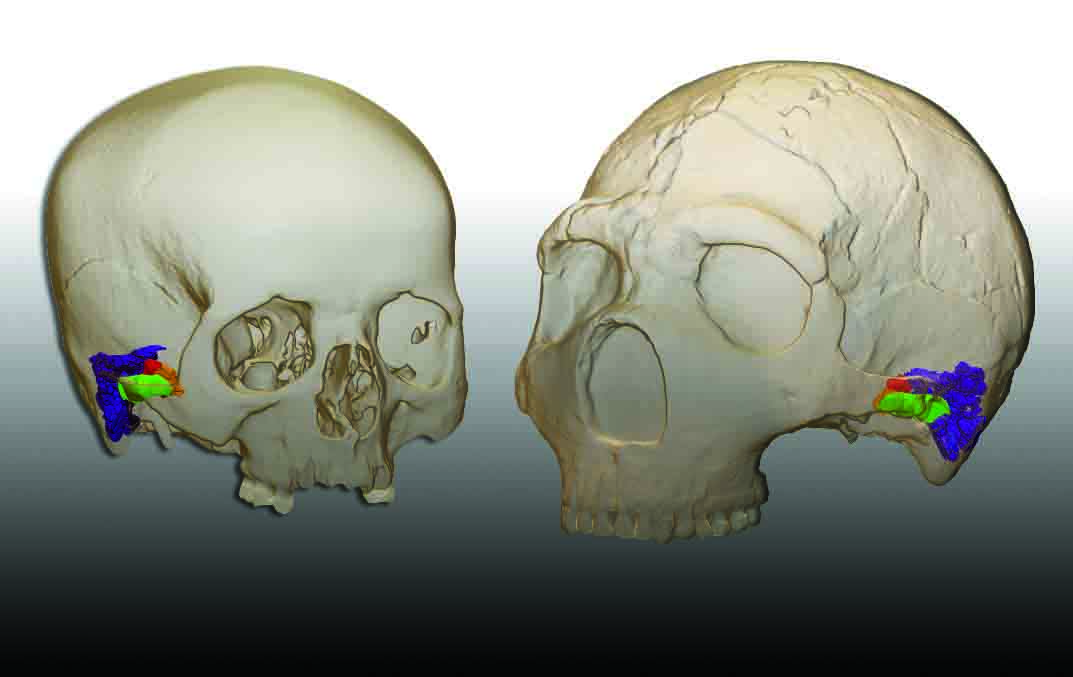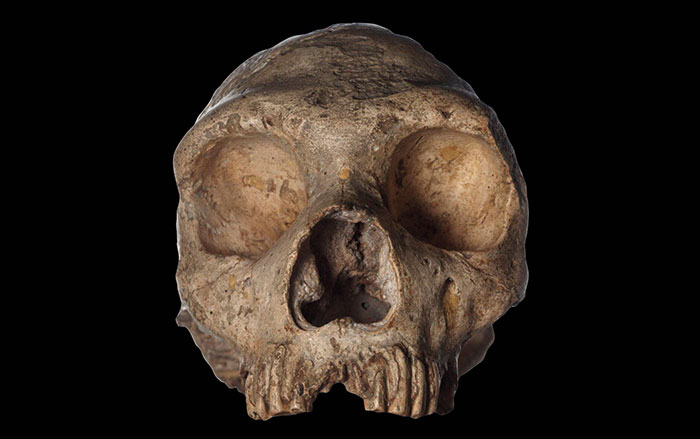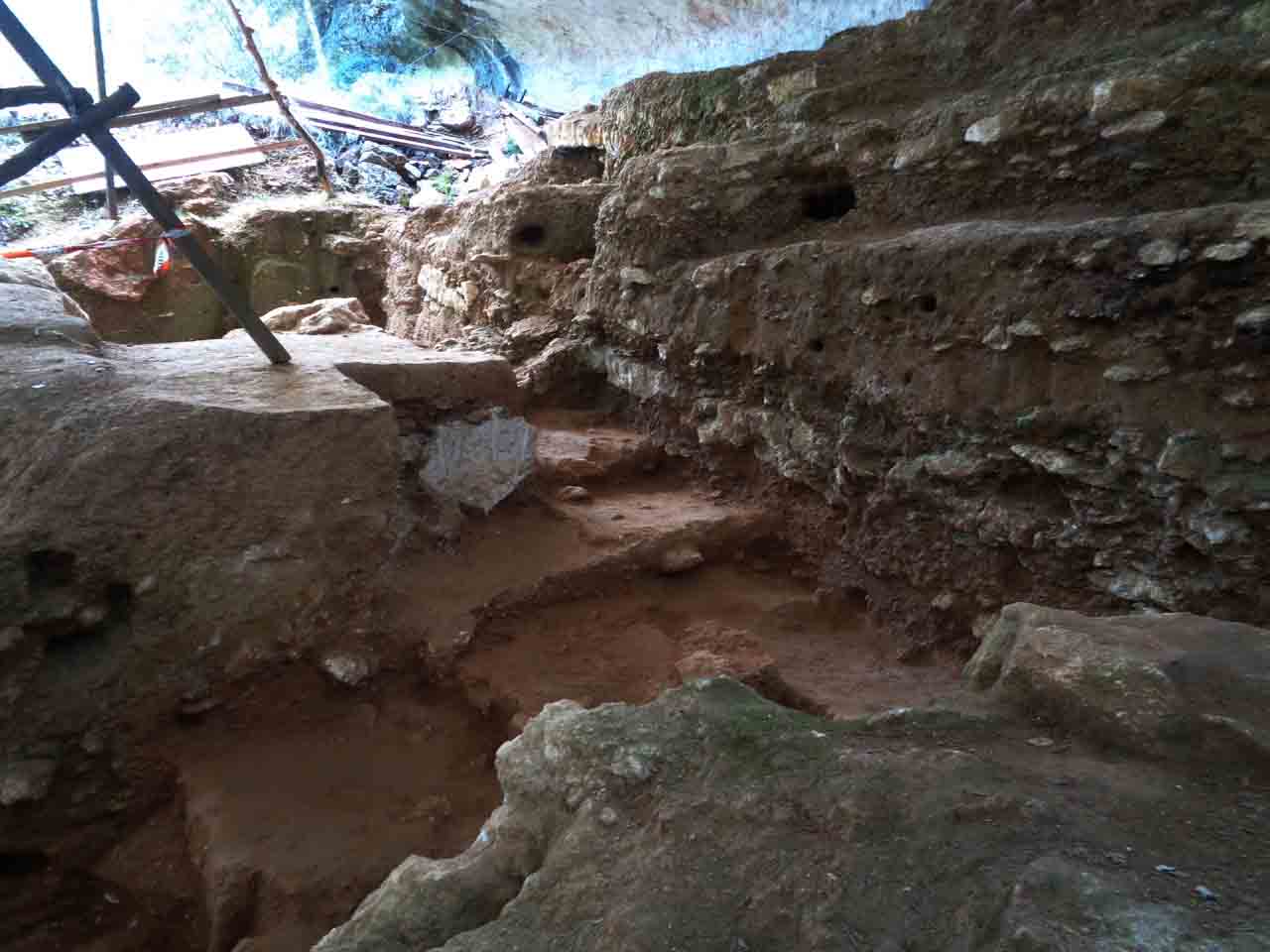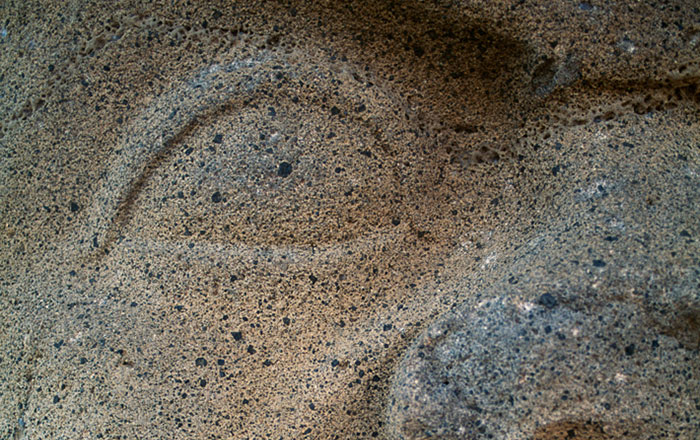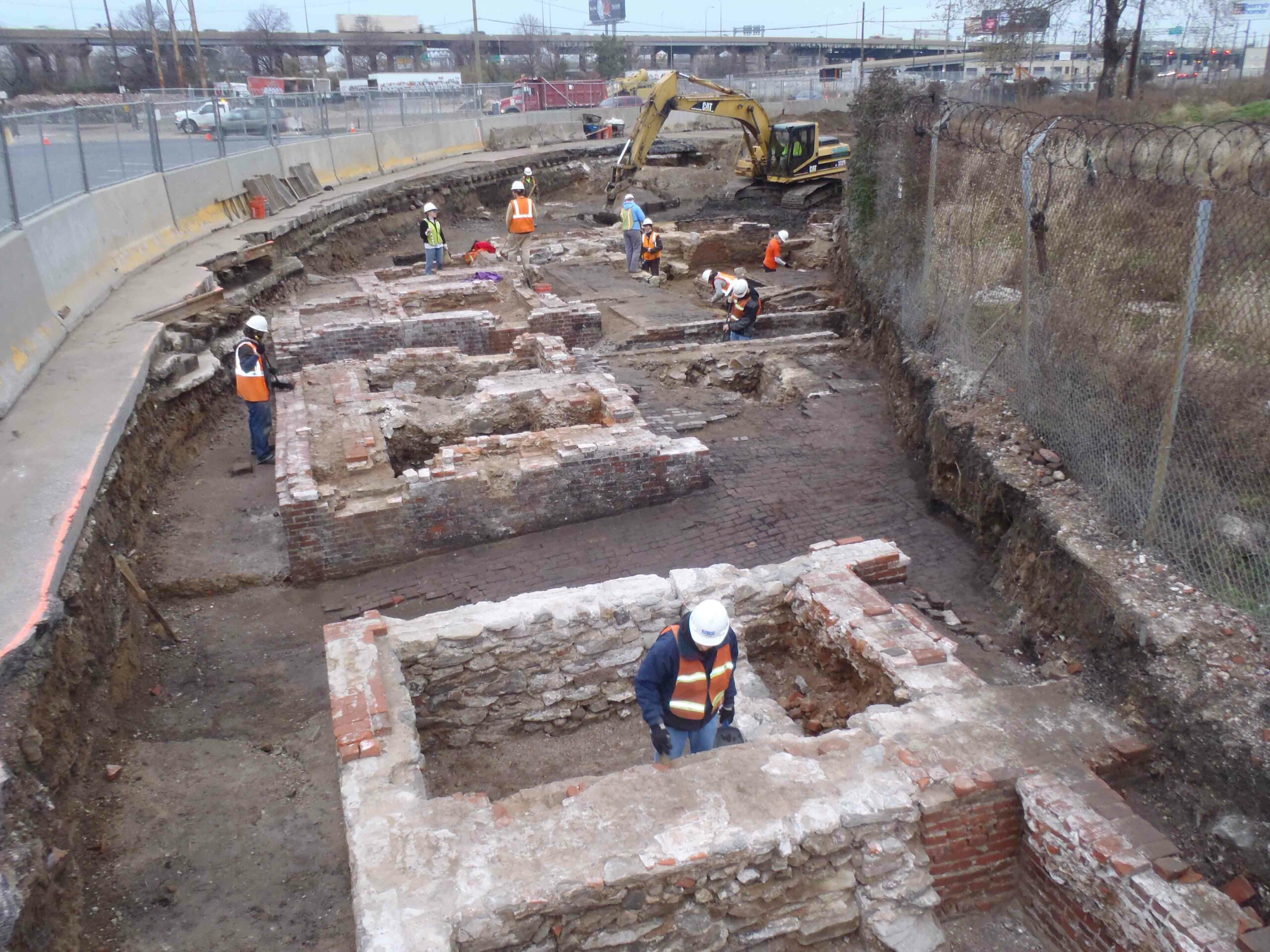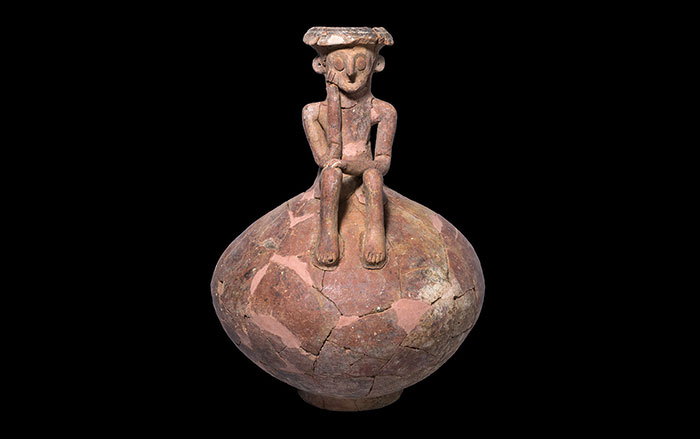
Rising out of the English Channel on the island of Jersey is one of the longest-occupied Neanderthal sites in the world. “La Cotte de Saint Brelade is this mega-site, a massive, deeply ravined granite headland on the far corner of northwest Europe providing a record spanning more than 200,000 years,” says Matthew Pope, a geoarchaeologist at University College London. The question that Pope and the Crossing the Threshold project research team is asking is what makes a site like La Cotte a “persistent” place? Why was this location occupied across millennia, even as the environmental conditions changed? There are several possible answers the team is investigating.
When Neanderthals lived at the site, between 240,000 and 40,000 years ago, the English Channel was dry land and the granite rock formation may have been an important landmark. According to Pope, around this time, hominins started to use fire regularly, and innovated new tool technologies and hunting practices. This may have pushed Neanderthals to start thinking differently about how they used the resources of the landscapes around them and changed how they thought about the places they called home.



